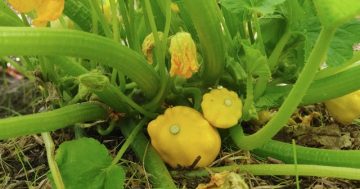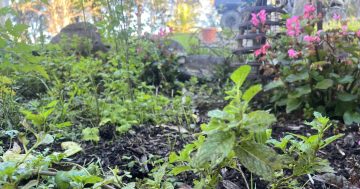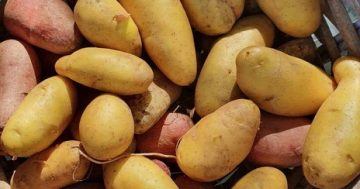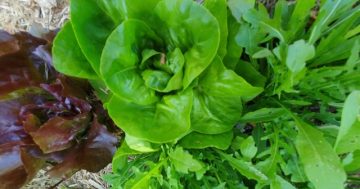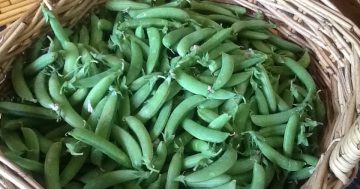
Basil and other cold-sensitive plants are now thriving. Photo: Supplied.
Late summer is an exciting time for us cold/cool climate vegetable gardeners.
There is the expectation of tomatoes and all those prized summer vegetables continuing to produce fruit into early autumn, often with deliciously lush ripenings late in February.
It has been an extremely changeable few months of summer, so the rewards for our hard work have been slow to appear. However, about now, we should start to see our effort in the rich harvest of cucumbers, eggplants, basil, peppers and sweet corn and more heading to the daily dinner plate. The zucchini plants, although slow to start producing in some gardens, have finally come good.
Cabbage, broccoli and broccolini have been maturing and producing over the last month and have benefited from the cooler summer. Some gardens have already done well with peppers and chilli; in others, these spicy summer treats are very slow to produce.
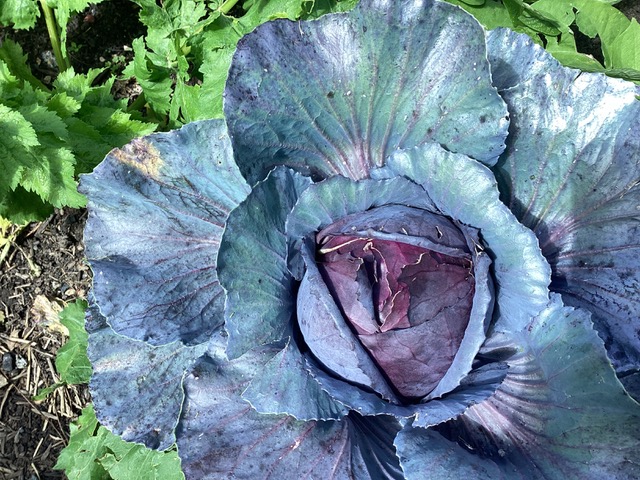
Cabbage and other brassicas have enjoyed the cooler summer conditions. Photo: Supplied.
Microclimates and localised conditions have played a large part in vegetable garden productivity in the last few summer seasons. The extreme variability of climate overall tends to focus our attention on local conditions.
Generalisations about regional weather and climate conditions seem less useful when there can be a raging hail storm in one location and less than a kilometre away very light rainfall or none at all.
So success in your garden will depend more on observing your local weather pattern and taking advantage where you can. Always good practice anyway for every gardener. Taking note of when, what you plant and when you harvest and acting on your observations can’t help but make you more successful in the vegetable garden.
This variability in the summer season has been a pain for us growers but of great advantage to insect pests and plant-damaging microorganisms. Many members of our “growing” community across the region have reported insect pests that have never been seen in their gardens before.
Reports of moulds and mildews going wild are frequent. Infestations of tiny beetles, white flies and aphids are widespread. The only thing to do is get right into tidying up and cleaning up garden beds and reducing the insect load as much as possible.
With this in mind, remove dead, dying or diseased leaves from plants and the ground around them. This helps reduce the spread of disease and encourages air circulation. Also, remove weeds and break up soil surface clumping caused by heavy rain, and you may as well spread a few handfuls of compost and all-purpose organic fertiliser around too.
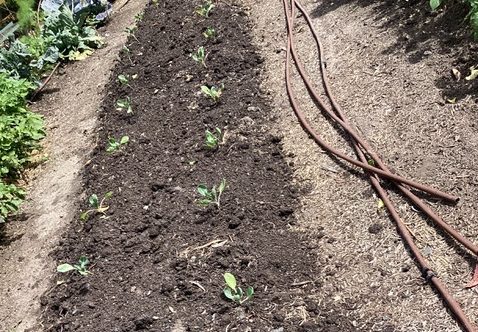
Plant now to keep the vegetable garden productive into the cooler months. Photo: Supplied.
Your productive veggie plants have at least another month or two of producing food so they need to be kept fed in return. Adding some blood and bone to your compost will also help. Given the heavy rain storms that our region keeps experiencing between the hot days, it is wise to keep topping up the nutrients that are most easily leached from the soil.
This is the time of year to start thinking about the winter garden. What we plant in the garden forms the basis of what will be harvested for the kitchen in late autumn and winter.
Keep planting! This is a great time to plant cabbage, cauliflower, broccoli, kale, kohlrabi and leeks and to start planting carrots, parsnips and turnips, beetroot, and celeriac. Start getting these things in the garden now and you will have a bounty of food to warm up those cold winter nights. At this time of year, the garden seems full.
There are sprawling squash and pumpkin plants along with potatoes, tomatoes and beans that can all occupy large amounts of space, and you may not have space to create new vegetable plots.
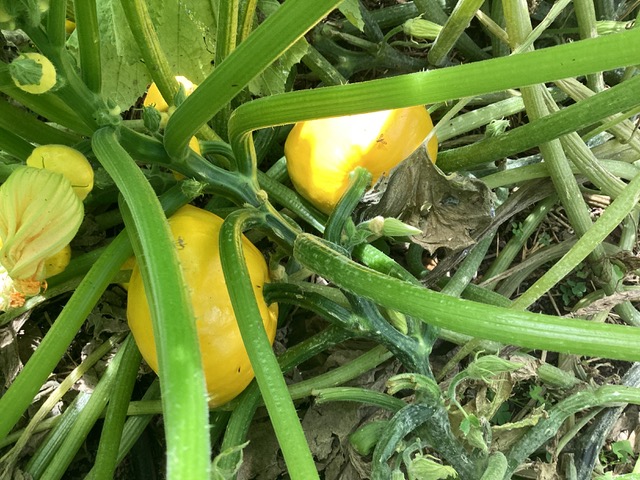
Button squash and zucchinis are reaching the height of their productivity. Photo: Supplied.
However, by late summer, there are plants that are finishing and their removal creates new space. When space seems tight in the garden, think about the spaces between plants. Well-developed plants are already occupying all the space they need.
It is possible to plant a row of seeds in between fully grown lettuces or pop a brassica in between. Yes, a cauliflower takes up a lot of room when it is mature, but it will take 6 to 8 weeks before it starts to spread out.
Remember, if you are doing this infill planting add compost and amendments at the time of planting. This type of planting comes from a system called Bio Intensive Polyculture, which creates biodiversity, can confuse pests, conserve water and double the amount of vegetables grown with very little extra effort.
Bronwyn Richards and Helen Lynch run Wynlen House Artisan Village Farm and Learning Centre, a small village organic market garden in Braidwood, NSW. Since 2006 they have grown and sold fresh vegetables, eggs, preserves and garlic and teach others to do the same.
Original Article published by Helen Lynch on Riotact.







